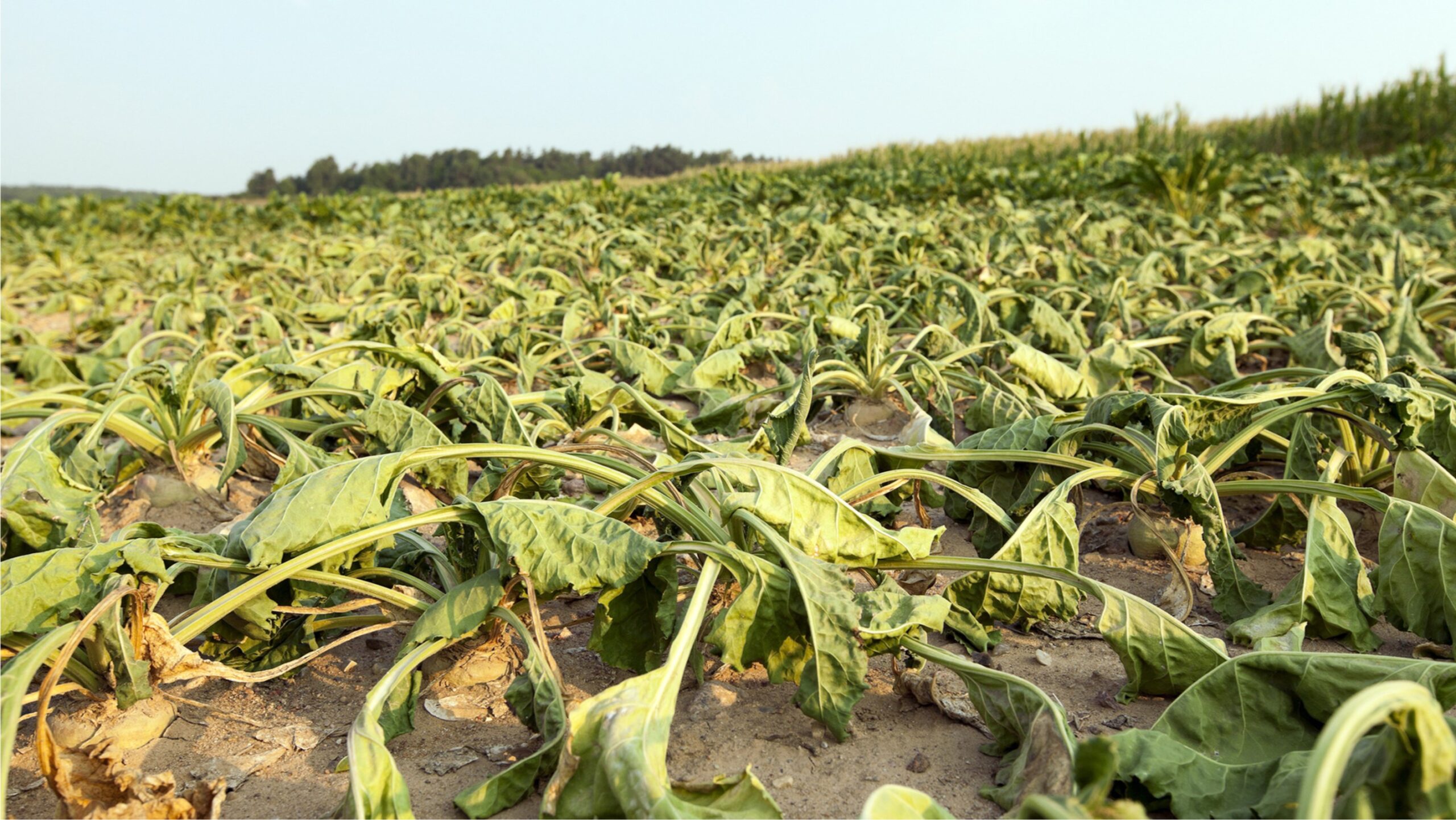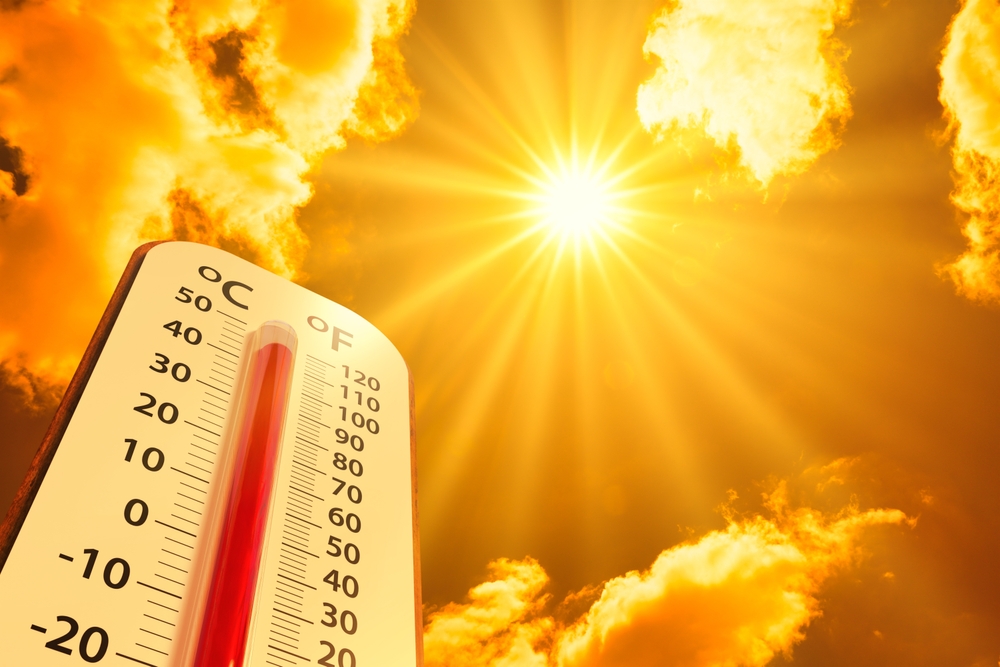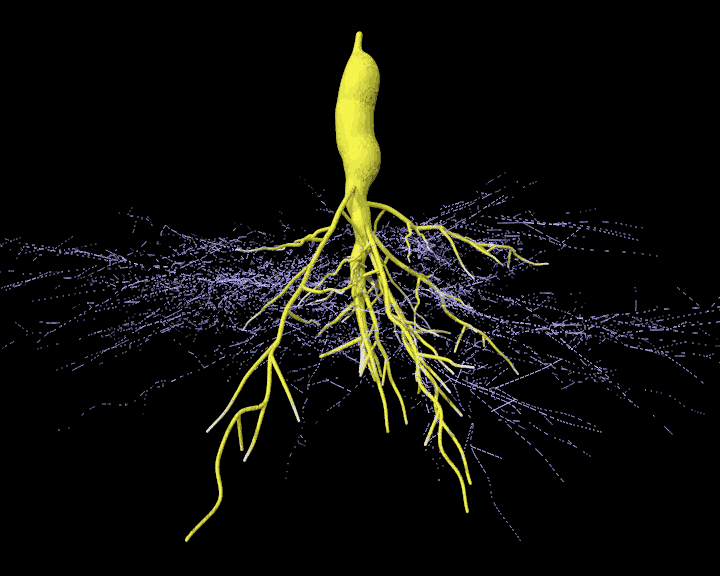
by Deac Jones | Jul 20, 2023 | News
Plant phenols, which are a type of secondary metabolite found in plants, can play a role in mitigating heat stress. Heat stress and plants can occur when temperatures rise above the optimal range for their growth and development, leading to various physiological and biochemical changes.

by Deac Jones | Dec 14, 2022 | News
Wishing all my newsletter readers and subscribers a wonderful and safe holiday season! Please keep praying for more snow and rain! Looking forward to working with you in the New Year! If you like my newsletters, please purchase my book “From the Ground Up”...

by Deac Jones | Oct 11, 2022 | News
The definition of weakness: the state or quality of being weak; lack of strength, firmness, vigor, or the like; feebleness. I see weakness as a vulnerability or as something that can be exploited. The “weakness” in agriculture is the constant mining of our soils without doing anything to offset the damage being done. The results are all too common – increased disease and insect pressure, decreasing crop yield and reduced quality, erosion, compaction, nutrient imbalance, pollution, acidification, water holding loss or logging, dwindling soil diversity, and increased salinity are affecting soil across the globe. Yet, we continue along this path without clear considerations of the medium- and long-term consequences. There may even be a point where the cost to revitalize soils becomes prohibitive given the level of damage. This is a major weakness in agriculture and demands that we start to change our approach.

by Deac Jones | Sep 7, 2022 | News
This current heat wave has put considerable stress on our crops. Under stress, crops become less efficient in processing nutrients as their metabolism (photosynthesis, respiration, and the synthesis and degradation of organic compounds) slows down.
Higher nighttime temperatures are especially concerning. It has been known since 1939 (Laude, et al.) that plants’ response to heat stress fluctuates between day and night – if you apply heat stress to a plant during the middle of the day, it is much more likely to survive than if you applied the same heat stress at night. Plants’ daily cycle of heat resistance is a strategy that protects plants from the hottest parts of the day while saving energy at night.

by Deac Jones | Aug 16, 2022 | News
There is a debate whether synthetic fertilizers impact soil biology in a negative way. I think it’s a discussion worth having but it doesn’t tell the real story that needs to be made clear. In defense of synthetic fertilizers, 48% of the human population would not exist today without chemical fertilizers. It defeated hunger in the world. It has become the standard of agriculture for the last 70 years, brought about by nitrogen production for weapons used in WWI and WWII.






